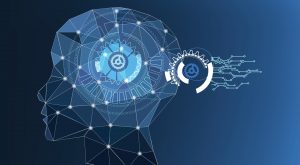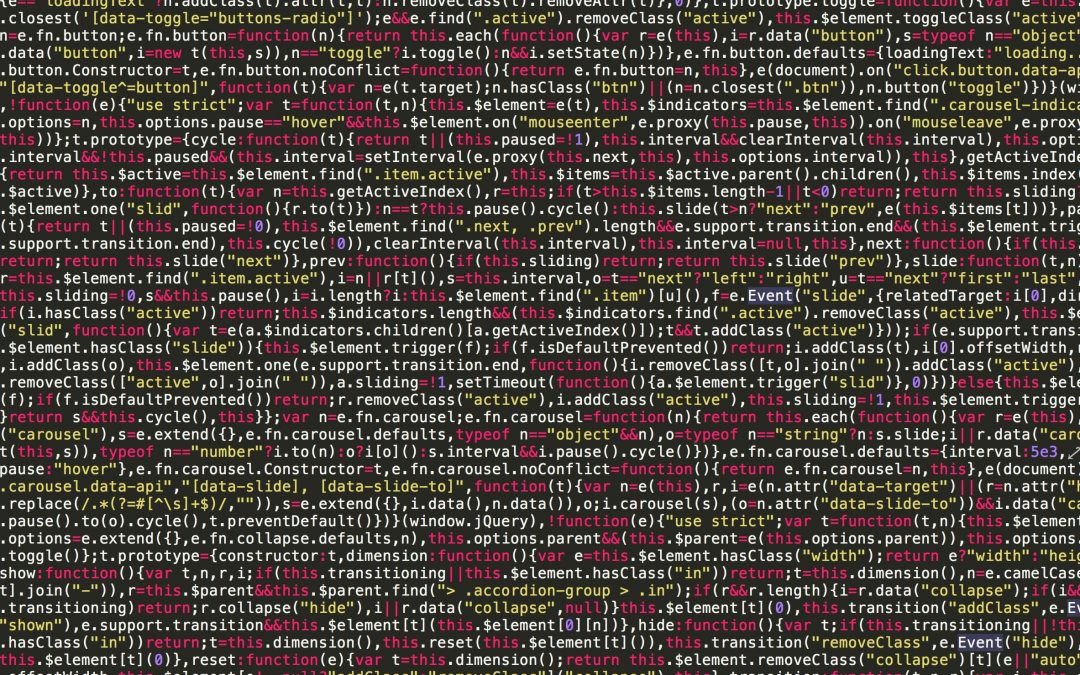Among these lies a strange phenomenon known as AI hallucination. The term refers to a situation where an AI model provides a seemingly inaccurate or absurd answer to a user’s prompt. Numerous users and developers have noticed this issue in chatbots and other AI models while indulging them in text-based conversations. However, it is also notable that AI hallucinations are not merely limited to text-to-text chatbots, but have also been observed in image-generation AI models such as Dall-E and Midjourney. Hallucinations have become one of AI’s core disadvantages as they weaken trust in the overall system and its resulting technologies while also misleading unsuspecting users. Some experts in the field have also cited AI’s hallucination issues as potentially hazardous, given that these systems are being built with the goal of integration into various aspects of everyday life. The below sections entail the facets of AI hallucination, potential causes, and what this means for prospective sectors such as education.
What is AI Hallucination?

Extrapolating answers not contained within training data or complex prompts can often lead to AI hallucinations.
Image Credit: Artificial Intelligence Vectors by Vecteezy
Users deploying AI-generated content and chatbots regularly might have noticed responses that seem out of place and, at times, downright surreal and absurd. The sources of these occurrences might not be within the dataset of these language model AIs and instead stem from an occurrence that causes the AI to become too fixated on some aspects of the prompts without considering the overall and general context contained within them. Hallucinations might also occur when a language model attempts to answer questions that require information not contained within its data set or training algorithms. An important example was when Google’s Bard AI responded incorrectly to a question related to NASA’s recently operational James Webb Space Telescope. Experts were quick to point out the error, leading to a massive slump in Alphabet Inc’s shares. In a trend not unique to Google’s AI—ChatGPT—the world-famous large language model-based chatbot has also been prone to similar issues, with studies showing that it can create references out of thin air and mislead users. This becomes a point of concern as it might negatively impact students and researchers using these technologies to aid their academic pursuits.
Similar issues have also been noticed in generative AI built around creating images from user prompts. These systems have had incidents of generating bizarre and surreal images upon misunderstanding user requests. Considering these anomalies, it becomes increasingly evident that the source of AI hallucinations can also lie in the inability of AI to differentiate between data sets that are distinct yet similar in appearance. While these differences might be quite noticeable to the average human being, AI, unlike its creators, does not function on reasoning attributes such as common sense or intuitive judgment. AI hallucinations are worrying due to the confidence elicited by language models when providing blatantly false or misleading information to its users. These sweeping and inexistent claims stem from perceiving information that does not exist in the real world, often contradicting what AI’s human users know to be true. Another potential reason for the occurrence of hallucinations entails the extrapolation of data to predict outcomes that lie beyond the scope of the AI model’s training. Understanding and rectifying artificial intelligence hallucinations is key to solving one of the main limitations of AI that consistently feeds into the skepticism surrounding language models.
AI’s Disadvantages: Chatbots’ Lack of Rationality

The inability to differentiate between closely related datasets can cause AI malfunctions.
Unraveling the mystique surrounding hallucination in AI involves understanding what AI is endowed with when answering questions or when processing information, alongside training protocols deployed in structuring the way AI models function. Despite being loosely modeled around the human brain, neural networks lack several capabilities that their organic counterpart is capable of eliciting. Rationality, creativity, and intuition are constructs that have so far remained innately biological and have not been emulated in any synthetic computing system. The limitations of artificial intelligence and its inability to effectively comprehend contextual information also arise from the lack of these core capabilities that are innate traits in a human being. Despite their complexity, artificial neural networks rely heavily on relative understanding and work to establish the primacy of context. Language models are built around the capabilities of learning statistical and computational relationships between words and generating numerous iterations of possible sentences using a given set of words. While millions of sequences might be generated by the language model, not all of them will be coherent or sensible to a human user. This expresses the fact that AIs don’t understand the words they correlate entirely, but instead work on contextual relationships to respond to users and provide information. Similar approaches are taken even in deep learning models. Despite the emphasis on complex problems and reasoning capabilities, artificial intelligence to a major extent still relies on relativistic understanding and concurrent extrapolatory mechanisms.
This also provides insight into the fact that while AI is modeled to emulate realism, artificial intelligence might not entirely understand what objective reality is. This factor leads to a considerable degree of unpredictability that often results in responses from these systems that are construed as absurd and false. Moreover, large language models also have several layers of functioning and rely heavily on the links between these layers to produce coherent responses or to perform particular tasks. The more extensive a system, the more likely it is to throw up errors and hallucinate. This limitation is also quite apparent in modern chatbots such as ChatGPT, where a complex and multifaceted prompt might lead to a response that often leads to answers with several problems and factual inaccuracies. However, technical experts and seasoned AI users have begun experimenting with a variety of different prompts with varying complexities, essentially having created a distinct AI subfield now known as prompt engineering. Minimizing errors and establishing a coherent system of weeding out chances for AI hallucination will be key to its deployment in more direct applications such as education and self-driving vehicles.
The Outlook for Students & Educators

Widespread adoption of AI into education can only happen after hallucinations in language models are effectively addressed.
The effect of AI hallucinations can result in misleading information that might be presented as legitimate facts. Not only does this hamper user trust but also affects the viability of language model artificial intelligence and its implementation in sensitive sectors such as education and learning. Students have already taken to using chatbots and other AI tools in large numbers, leaving behind a considerable impact of generative AI on higher education. Given that unsuspecting users might take the responses of these AIs at face value—especially since chatbots tend to present even false information authoritatively—the importance of evaluating and assessing the responses of language models is crucial. Adoption of faulty AI with hallucination issues can lead to ethical and decision-making concerns, essentially lowering the utility and reliability of artificial intelligence. While developers do have a variety of checks and fixes in place to reduce the extent of AI hallucination, only time and experience will yield a definitive solution to this limitation.
FAQs
1. Does AI hallucination affect all chatbots?
AI hallucination is a phenomenon noticed more prominently since the launch and rise in popularity of language model chatbots. While the extent of AI hallucination depends on the model’s data set and training paradigms, the phenomenon has been noted even in chatbots claiming to have robust and resilient guardrails. However, it has been noticed that placing stricter restrictions and security features on chatbots reduces the incidence of hallucination in AI.
2. Can AI hallucination be solved?
The problem of AI hallucination has been a significant dampener when it comes to the bubble surrounding chatbots and conversational artificial intelligence. While the issue is being approached from a variety of different directions, it is currently unclear whether hallucinations will ever go away in totality. This might be related to the ways in which AI models make sense of information and provide responses. Regardless, enhanced security features and model guidelines have shown considerable effectiveness in curtailing the incidence of hallucinations to a fair degree.
3. What is an example of AI hallucination?
Common instances of hallucination involve chatbots providing inexistent references to support information, essentially out of thin air and without basis. Other examples also include generating absurd and surreal objects in images if users are experimenting with an image generation AI protocol. Further occurrences of AI hallucination include fabrication of numbers, deploying incorrect steps to solve mathematical problems, and generating illogical facts in response to straightforward queries.
